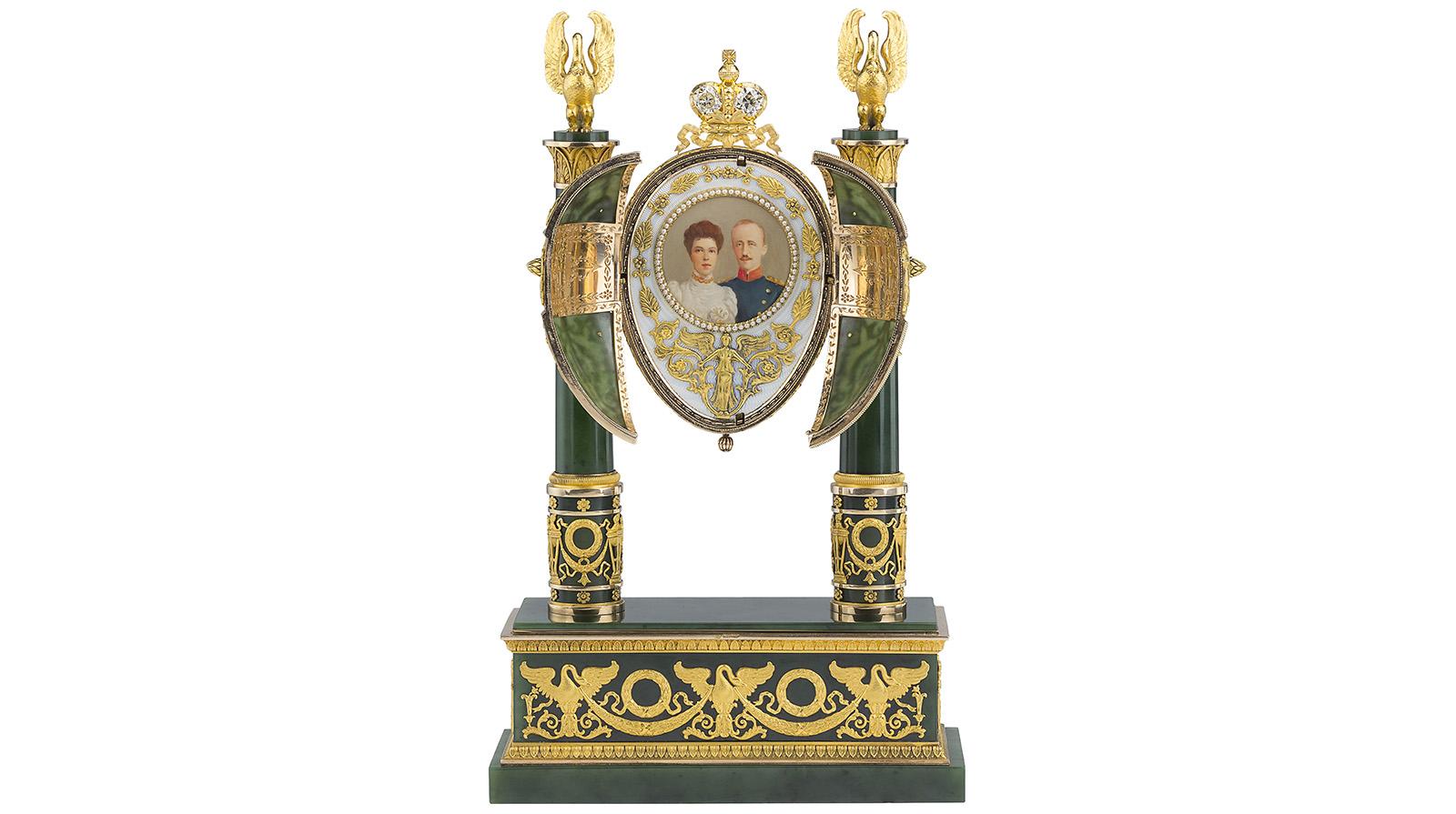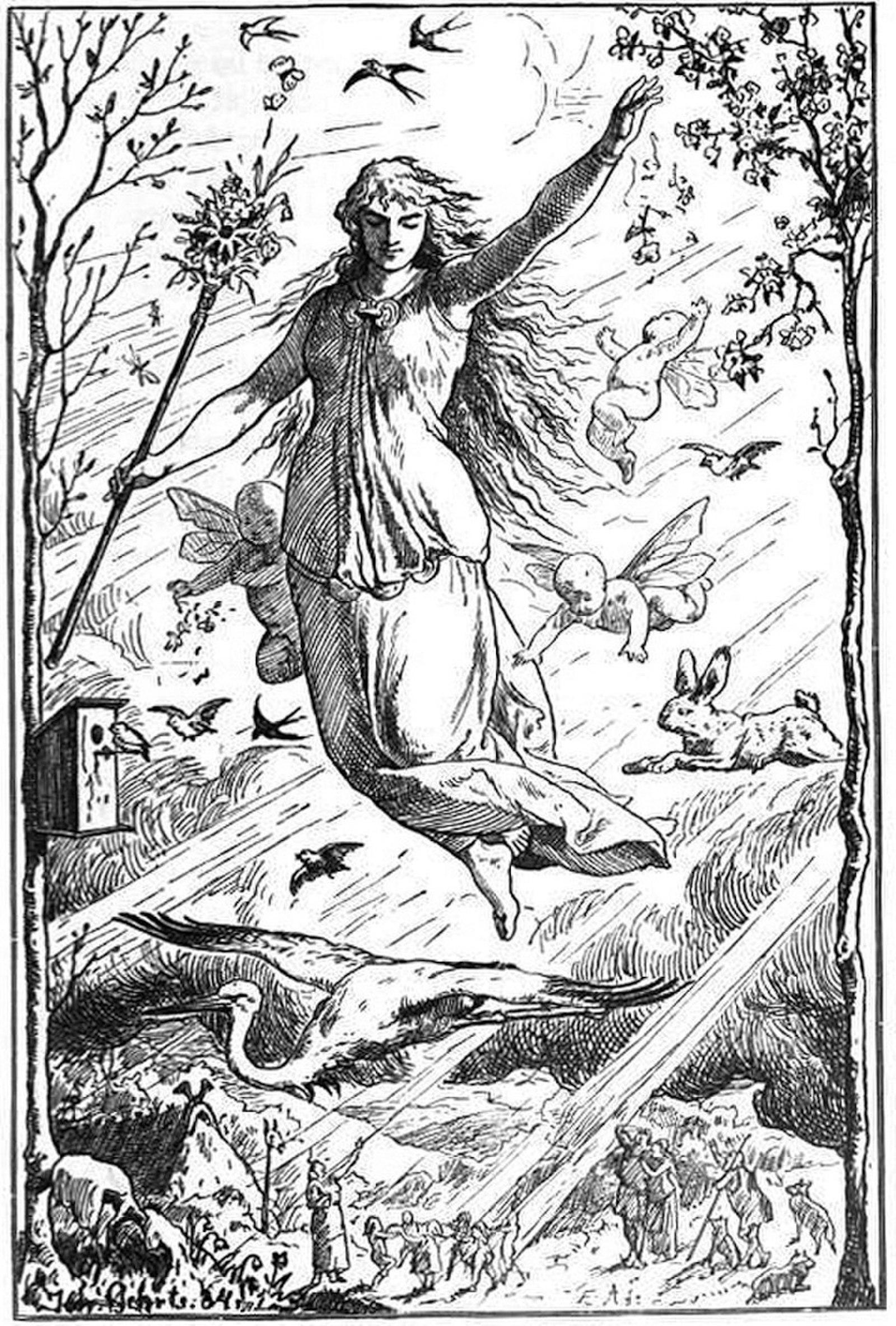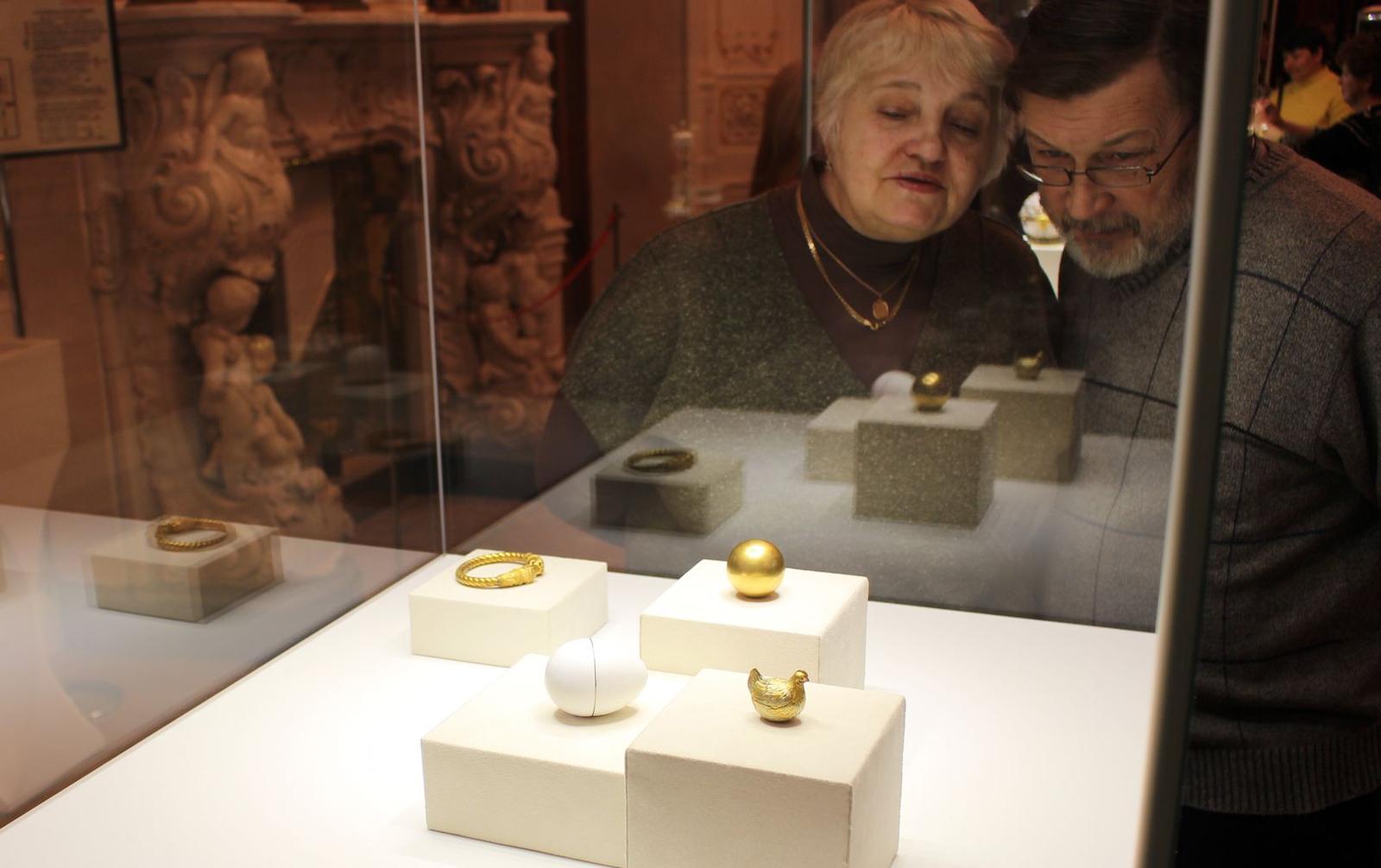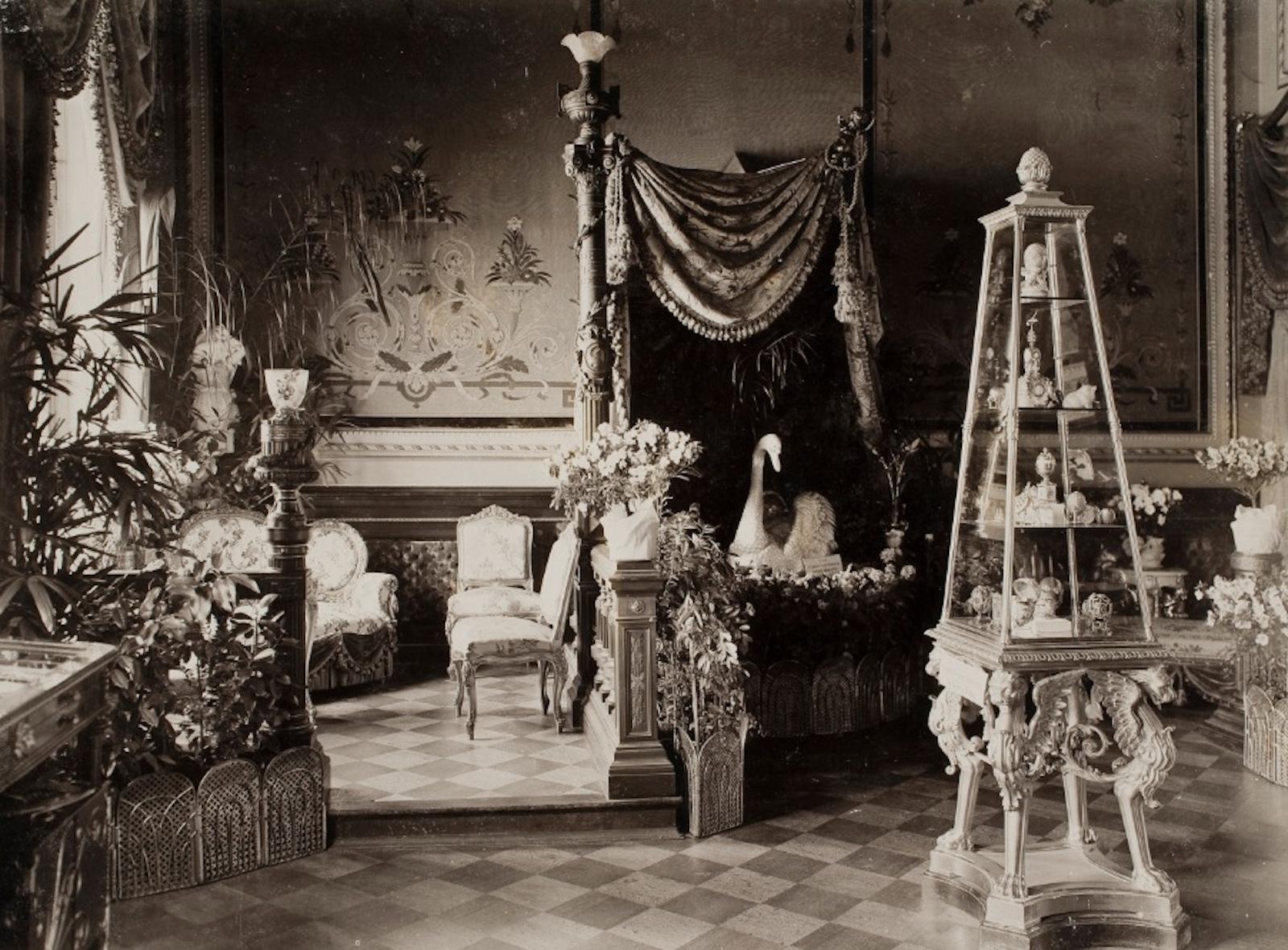In fact, many already appreciate that Easter is not as Biblical as it seems. The holiday many celebrate today originally came about as a Pagan festival. The name itself dates back to the 600s AD, and references an English goddess by the name of Eostre. Known for her symbolic connection to Spring and renewal, Eostre became synonymous with Easter. And the rest, as they say, is history.
The egg or even just the egg-shape found itself “ineggstricably” intertwined with the yearly Easter celebration. The object is, after all, a logical representation of new life and beginnings. But there is a lot of grey in the middle as to why this idea was retrofitted to align with the birth of Christianity—particularly the Resurrection.
While the holiday remains sacred for many today who celebrate the Resurrection, ‘Easter’ marked a significant date for nineteenth-century Russian Orthodox Christians. And it was more than incubating the notion of a symbolic egg. It in fact led to the evolution of a historic work of art.
When the czar Alexander III took the throne shortly after his father’s sudden death in 1881—accompanied by his wife, Maria Feodorovna, he unwittingly began a lavish Easter tradition within the Russian imperial court—the bedazzled egg. Czars gifting decorative eggs to their wives each Easter was not exactly a new ceremony within his family, but it became increasingly complex by 1885 when the czar gifted Feodorovna her first Easter present from Fabergé.
































